Home>Garden Essentials>How To Plant Clover As Ground Cover
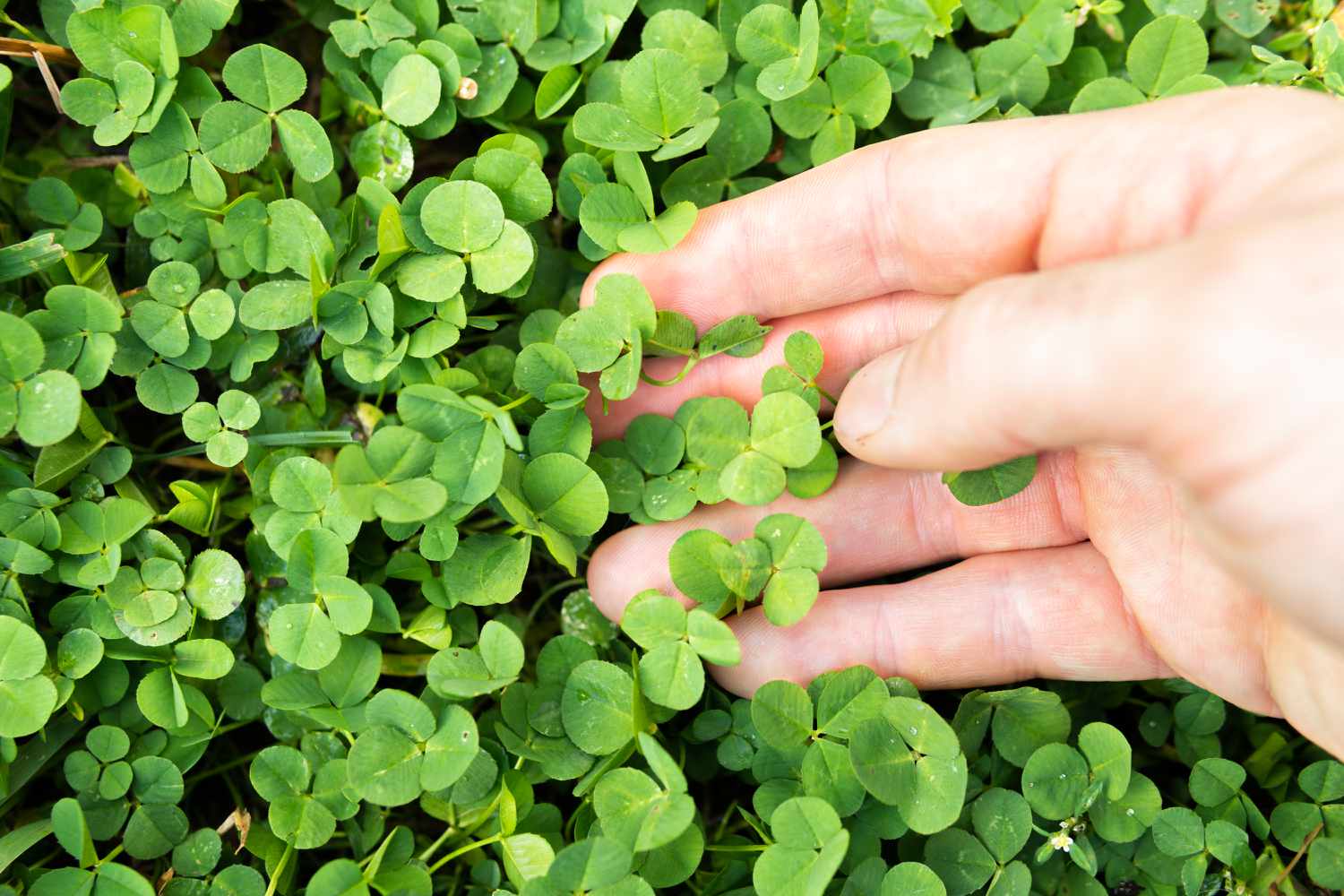

Garden Essentials
How To Plant Clover As Ground Cover
Modified: March 7, 2024
Learn how to plant clover as ground cover in your garden. Discover the benefits of using clover and get step-by-step instructions for successful planting.
(Many of the links in this article redirect to a specific reviewed product. Your purchase of these products through affiliate links helps to generate commission for Storables.com, at no extra cost. Learn more)
Introduction
Welcome to the world of gardening, where the beauty and tranquility of nature come to life in our own backyards. As garden enthusiasts, we are constantly looking for ways to enhance our outdoor spaces, whether it’s cultivating lush flower beds, creating a vibrant vegetable garden, or adding decorative elements to our landscape. One often overlooked but incredibly beneficial aspect of gardening is using ground cover plants to adorn and protect the soil.
When it comes to ground cover, one plant that stands out for its versatility, aesthetics, and ecological benefits is clover. Traditionally seen as a weed, clover is gaining popularity as an attractive and low-maintenance ground cover option. Whether you have a large backyard or a small patch of land, incorporating clover into your garden can have a multitude of advantages.
In this article, we will explore the benefits of using clover as ground cover, how to select the right variety, steps to prepare the soil for planting, sowing clover seeds, caring for clover ground cover, controlling weeds, and maintaining and renovating your clover ground cover.
So, grab your gardening gloves and let’s dive into the world of clover ground cover!
Key Takeaways:
- Clover ground cover offers multiple benefits, including enriching soil, suppressing weeds, and attracting pollinators. It’s a low-maintenance, eco-friendly option for a vibrant and sustainable garden.
- Selecting the right clover variety, proper soil preparation, and regular maintenance are key to successful clover ground cover. Embrace the beauty of clover to create a lush and thriving garden space.
Read more: When To Plant Ground Cover Plants
Benefits of Using Clover as Ground Cover
Clover has long been underestimated and labeled as a pesky weed, but it’s time to see it in a new light. Here are some of the amazing benefits of using clover as ground cover in your garden:
- Nitrogen Fixation: One of the greatest benefits of clover is its ability to fix nitrogen from the air and convert it into a usable form for plants. This process not only enriches the soil but also reduces the need for synthetic fertilizers.
- Soil Improvement: Clover has deep roots that improve soil structure by loosening compacted soil and preventing erosion. Its root system improves water infiltration and retention, making it ideal for areas prone to drought.
- Attractive Appearance: Clover adds a touch of beauty to any garden with its delicate, vibrant flowers and lush green foliage. It creates a carpet-like appearance, providing a soft and inviting ground cover.
- Weed Suppression: By forming a dense mat, clover prevents weeds from germinating and competing for nutrients and sunlight. This reduces the need for manual weeding or the use of herbicides.
- Pollinator Friendly: Clover is a favorite of bees, butterflies, and other beneficial insects. By planting clover as ground cover, you are providing a valuable food source and habitat for these important pollinators.
- Low Maintenance: Unlike traditional grass lawns, clover requires less water, mowing, and fertilization. It is naturally resistant to pests and diseases, making it an easy and low-maintenance ground cover option.
- Longevity: Clover is a perennial plant that can thrive for several years with proper care. This means that once established, it will continue to provide ground cover and its benefits for an extended period.
With all these compelling benefits, it’s no wonder why clover is gaining popularity as an eco-friendly and visually pleasing ground cover option. Now that we understand the advantages, let’s move on to choosing the right clover variety for your garden.
Selecting the Right Clover Variety
When it comes to selecting the right clover variety for your ground cover, it’s essential to consider factors such as climate, soil type, intended use, and personal preferences. Here are a few popular clover varieties to consider:
- White Clover (Trifolium repens): White clover is the most common and widely used clover variety for ground cover. It has low-growing, creeping stems and small white flowers. It thrives in cool, moist climates and tolerates some shade.
- Red Clover (Trifolium pratense): Red clover is another popular option, known for its deep pink to purple flowers. It is well-suited to a wide range of climates and soil types. It prefers full sun but can tolerate partial shade.
- Dutch Clover (Trifolium repens var. “Rubra”): Dutch clover is a variety of white clover with reddish or pinkish flowers. It is often used in mixtures with grass for lawns and sports fields due to its ability to withstand heavy foot traffic.
- Crimson Clover (Trifolium incarnatum): Crimson clover is a winter annual that produces bright red flowers. It is commonly used as a cover crop but can also be used as a ground cover in areas with mild winters.
- Subterranean Clover (Trifolium subterraneum): Subterranean clover is a low-growing variety that thrives in sandy or well-draining soils. It is ideal for areas with low rainfall and is often used in dryland farming and erosion control.
When selecting the right clover variety for your ground cover, be sure to consider its growth habit, height, flower color, and suitability to your specific climate and soil conditions. Additionally, consider whether you want to sow a single variety or a mixture of different clover types to achieve a diverse and visually appealing ground cover.
Once you have chosen the suitable clover variety, the next step is to prepare the soil for planting. Let’s explore the essential steps to ensure optimal growth and establishment of your clover ground cover.
Preparing the Soil for Planting
Proper soil preparation is crucial for the successful establishment of clover as ground cover. Here are the essential steps to prepare your soil:
- Clear the area: Start by clearing the area of any existing vegetation, weeds, rocks, or debris. This will provide a clean and blank canvas for your clover ground cover.
- Test the soil: Conduct a soil test to determine its pH level and nutrient content. Clover prefers a slightly acidic to neutral soil with a pH between 6 and 7. Adjust the pH if necessary by adding lime to raise it or sulfur to lower it.
- Improve drainage: Clover thrives in well-draining soil. If your soil is heavy clay or compacted, incorporate organic matter such as compost or well-rotted manure to improve its structure and drainage.
- Remove weeds: Before planting clover, ensure that the area is free from weeds. Hand-pull or use a hoe to remove any existing weeds or grasses. This will minimize competition for nutrients and space.
- Loosen the soil: Use a garden fork or tiller to loosen the top layer of soil, breaking up any clumps and creating a fine-textured seedbed for your clover seeds.
- Level the surface: Smooth out the soil surface, removing any large bumps or depressions. A level surface will provide uniform moisture distribution and allow for easier mowing or maintenance.
By following these steps, you will create an ideal growing environment for your clover ground cover. Once the soil is prepared, it’s time to sow the clover seeds and initiate the growth of your lush green carpet. Let’s continue with the next step: sowing clover seeds.
Sowing Clover Seeds
Now that your soil is prepared, it’s time to sow the clover seeds and kickstart the growth of your ground cover. Here are the steps to follow for successful seed sowing:
- Choose the right time: The timing of seed sowing is crucial for the success of your clover ground cover. In most regions, early spring or early fall are the ideal times to sow clover seeds. The soil should be moist and temperatures moderate.
- Prepare the seeds: Clover seeds are small and can be challenging to handle. To ensure even distribution, mix the seeds with a carrier such as sand or vermiculite. This will make it easier to spread the seeds evenly over the soil surface.
- Broadcast the seeds: Scatter the prepared clover seeds over the soil surface. Aim for an even spread, ensuring that the seeds are not too clumped together or too sparse. Pay attention to any areas that need extra coverage and adjust accordingly.
- Rake and press the seeds: Using a garden rake, lightly rake the soil to incorporate the seeds into the top ¼ inch of soil. This will improve seed-to-soil contact and enhance germination. After raking, gently press the soil down with the back of a rake or a roller to ensure good seed-to-soil contact.
- Water the area: After sowing the seeds, water the area gently to keep the soil moist. This will help the seeds to germinate and establish themselves. Avoid overwatering, as excessive moisture can lead to rotting or fungal diseases.
- Maintain moisture: Keep the seeded area consistently moist until the clover seeds germinate and establish. Monitor soil moisture levels regularly and provide supplemental watering during dry periods.
It’s important to note that different clover varieties have different seed germination requirements. Some may benefit from scarification (scratching the seed coat) or stratification (chilling the seeds) to enhance germination. Refer to the specific instructions for your selected clover variety and follow them accordingly.
With the seeds sown and proper moisture provided, you can now take care of your clover ground cover as it begins to grow. In the next section, we will explore essential tips for caring for your clover ground cover.
Tip: When planting clover as ground cover, choose a sunny location with well-drained soil. Scatter the seeds evenly and lightly rake them into the soil. Water the area regularly until the clover is established.
Read more: What Is A Ground Cover Plant
Caring for Clover Ground Cover
Clover ground cover is known for its low-maintenance nature, but it still requires some care to thrive and provide maximum benefits. Here are the essential tips for caring for your clover ground cover:
- Watering: Once established, clover is relatively drought-tolerant and requires less water compared to traditional grass lawns. However, during dry periods, it’s important to provide supplemental watering to keep the soil moist. Aim to water deeply and infrequently to encourage deep root growth.
- Mowing: Clover ground cover benefits from regular mowing to keep it at an optimal height. Set your mower to a height of 2-3 inches to maintain a neat appearance and encourage lateral spreading. Avoid cutting the clover too short, as it can stress the plant and hinder its growth.
- Fertilization: One of the significant benefits of clover is its ability to fix nitrogen from the air, reducing the need for synthetic fertilizers. However, if your soil test indicates nutrient deficiencies or inadequate nitrogen levels, you can supplement with a slow-release organic fertilizer in early spring or fall.
- Avoid over-fertilization: While clover can benefit from some fertilization, avoid over-fertilizing, as it can lead to excessive foliage growth and reduced flowering. Follow the recommended application rates and timing for your specific clover variety.
- Pest and disease management: Clover is relatively resistant to pests and diseases. However, keep an eye out for common issues such as aphids, leafhoppers, or powdery mildew. If necessary, use natural pest control methods or consult with a local gardening expert for appropriate solutions.
- Avoid herbicides: Clover ground cover can be sensitive to herbicides, especially those targeting broadleaf weeds. Take caution when using herbicides near clover areas, and opt for manual weed removal or more targeted herbicide alternatives, if necessary.
- Regular monitoring: Regularly inspect your clover ground cover for any signs of stress, weed invasion, or areas that need additional attention. Address any issues promptly to maintain the health and vitality of your clover ground cover.
By following these care tips, you can ensure that your clover ground cover remains healthy, vibrant, and provides all of its amazing benefits throughout the seasons. However, even with the best care, weeds can still find their way into your clover ground cover. In the next section, we will discuss strategies for controlling weeds and maintaining the integrity of your clover ground cover.
Controlling Weeds in Clover Ground Cover
While clover ground cover is effective at suppressing weeds, some weed infiltration is inevitable. To maintain the integrity and beauty of your clover ground cover, it’s important to implement weed control strategies. Here are some effective methods for controlling weeds:
- Regular inspection and hand-pulling: Take the time to regularly inspect your clover ground cover for any emerging weeds. Hand-pull them as soon as you spot them to prevent them from taking hold and competing with the clover for nutrients and space. Be sure to remove the entire weed, including the roots.
- Mulching: Apply a layer of organic mulch, such as straw or wood chips, around your clover ground cover. Mulch acts as a barrier, preventing weed seeds from germinating and smothering existing weeds. Ensure that the mulch layer is no more than 2-3 inches thick to allow air and moisture to reach the clover plants.
- Cultural practices: Encourage dense clover growth by following proper cultural practices. Mow the clover regularly to a height of 2-3 inches to limit weed growth. Avoid over-fertilizing, as excessive nitrogen can promote weed growth. Additionally, ensure that the soil is adequately watered and drained, as unhealthy clover plants are more susceptible to weed infestation.
- Weed fabric or landscape fabric: Consider using weed fabric or landscape fabric in areas where weed infiltration is persistent. Lay the fabric over the soil, cut holes for your clover plants, and secure the edges. This will prevent weeds from emerging while allowing your clover ground cover to thrive.
- Herbicides: If manual weed control methods are insufficient, you may consider using herbicides as a last resort. However, exercise caution when using herbicides near clover areas, as they can also harm the clover plants. Select herbicides specifically formulated for broadleaf weeds, and follow the instructions carefully. It’s recommended to consult with a professional or local gardening expert for advice on appropriate herbicide use.
Remember that a balanced approach to weed control is essential. While it’s important to keep weeds in check, it’s also crucial to preserve the health and vitality of your clover ground cover. Regular maintenance, vigilance, and implementing the appropriate weed control strategies will help your clover ground cover thrive while minimizing unwanted weed invasion.
Now that we have covered weed control, let’s move on to exploring essential tips for maintaining and renovating your clover ground cover to ensure its longevity and continued beauty.
Maintaining and Renovating Clover Ground Cover
To keep your clover ground cover looking its best and ensure its long-term success, regular maintenance and occasional renovation are necessary. Here are some essential tips for maintaining and renovating your clover ground cover:
- Regular mowing: Maintain a regular mowing schedule to keep your clover ground cover at the desired height. Mow the clover to a height of 2-3 inches to encourage lateral spreading and discourage weed growth. Avoid cutting it too short, as this can stress the plants and hinder their growth.
- Overseeding: Over time, clover ground cover may experience thinning or bare patches. To rejuvenate these areas, overseed with additional clover seeds. Prepare the soil by raking the surface lightly, broadcast the seeds, and water the area gently. This will help fill in the gaps and ensure a lush and uniform ground cover.
- Renovation: For more extensive renovation, consider renovating your entire clover ground cover. This is best done in late summer or early fall when the soil is warm, and the clover has the best chance to establish. Start by mowing the existing clover to a height of 1-2 inches, rake the surface to loosen the soil, and overseed with fresh clover seeds. Water the area regularly until the new clover establishes itself.
- Monitoring and addressing issues: Regularly monitor your clover ground cover for any signs of stress, disease, or weed invasion. Address any issues promptly by hand-pulling weeds, treating diseases if necessary, and adjusting your maintenance practices as needed.
- Renewing fertility: While clover is known for fixing nitrogen in the soil, over time, the nutrient levels may decline. To replenish fertility, consider top-dressing with compost or applying a slow-release organic fertilizer. Follow the recommended application rates and timing for your specific clover variety.
- Reassessing and making adjustments: As your garden evolves, you may need to reassess your clover ground cover and make adjustments. Monitor the performance of the clover in different areas and identify any areas that may need additional care or modification. Consider factors such as shade, foot traffic, soil conditions, and overall garden design when making adjustments.
By following these maintenance and renovation practices, you can ensure the longevity and health of your clover ground cover. With a little attention and care, your clover ground cover will continue to provide its incredible benefits and add beauty to your garden for years to come.
Now that we have covered the essential maintenance and renovation tips, let’s conclude our journey into the world of clover ground cover.
Conclusion
Clover ground cover offers a multitude of benefits, from its nitrogen-fixing properties to its attractive appearance and low-maintenance nature. By incorporating clover into your garden, you not only enhance the aesthetic appeal but also contribute to the overall health and sustainability of your outdoor space.
In this article, we explored the various benefits of using clover as ground cover. From its ability to improve soil quality and prevent weed growth to providing a habitat for pollinators and reducing the need for synthetic fertilizers, clover is an excellent choice for any garden.
We also discussed the importance of selecting the right clover variety based on your climate, soil conditions, and personal preferences. By choosing the appropriate variety, you ensure optimal growth and establishment of your clover ground cover.
Preparing the soil for planting is a crucial step in the process, as it provides a strong foundation for your clover ground cover to thrive. We discussed the essential steps of soil preparation, including clearing the area, testing the soil, improving drainage, removing weeds, and ensuring proper soil texture.
Next, we explored the process of sowing clover seeds, from choosing the right time to preparing the seeds and ensuring proper germination. We emphasized the importance of providing adequate moisture and following the specific instructions for your selected clover variety.
Caring for your clover ground cover involves proper watering, regular mowing, appropriate fertilization, and pest and disease management. We highlighted the low-maintenance nature of clover ground cover while recommending essential care practices to ensure its health and longevity.
In addition, we discussed effective strategies for controlling weeds in your clover ground cover, including regular inspection and hand-pulling, mulching, cultural practices, and selective herbicide use when necessary.
To maintain the beauty and vitality of your clover ground cover, we emphasized the importance of regular maintenance, including mowing, overseeding, and monitoring for issues that may require attention or renovation. We also touched on the renewal of fertility and making adjustments as your garden evolves.
In conclusion, clover ground cover is a versatile and eco-friendly option for enhancing your garden. Its numerous benefits, ease of maintenance, and aesthetic appeal make it a valuable addition to any outdoor space. By following the steps and tips outlined in this article, you can create a stunning clover ground cover that will flourish and bring you joy for years to come.
So, embrace the beauty of clover and let it transform your garden into a vibrant and sustainable oasis!
Frequently Asked Questions about How To Plant Clover As Ground Cover
Was this page helpful?
At Storables.com, we guarantee accurate and reliable information. Our content, validated by Expert Board Contributors, is crafted following stringent Editorial Policies. We're committed to providing you with well-researched, expert-backed insights for all your informational needs.
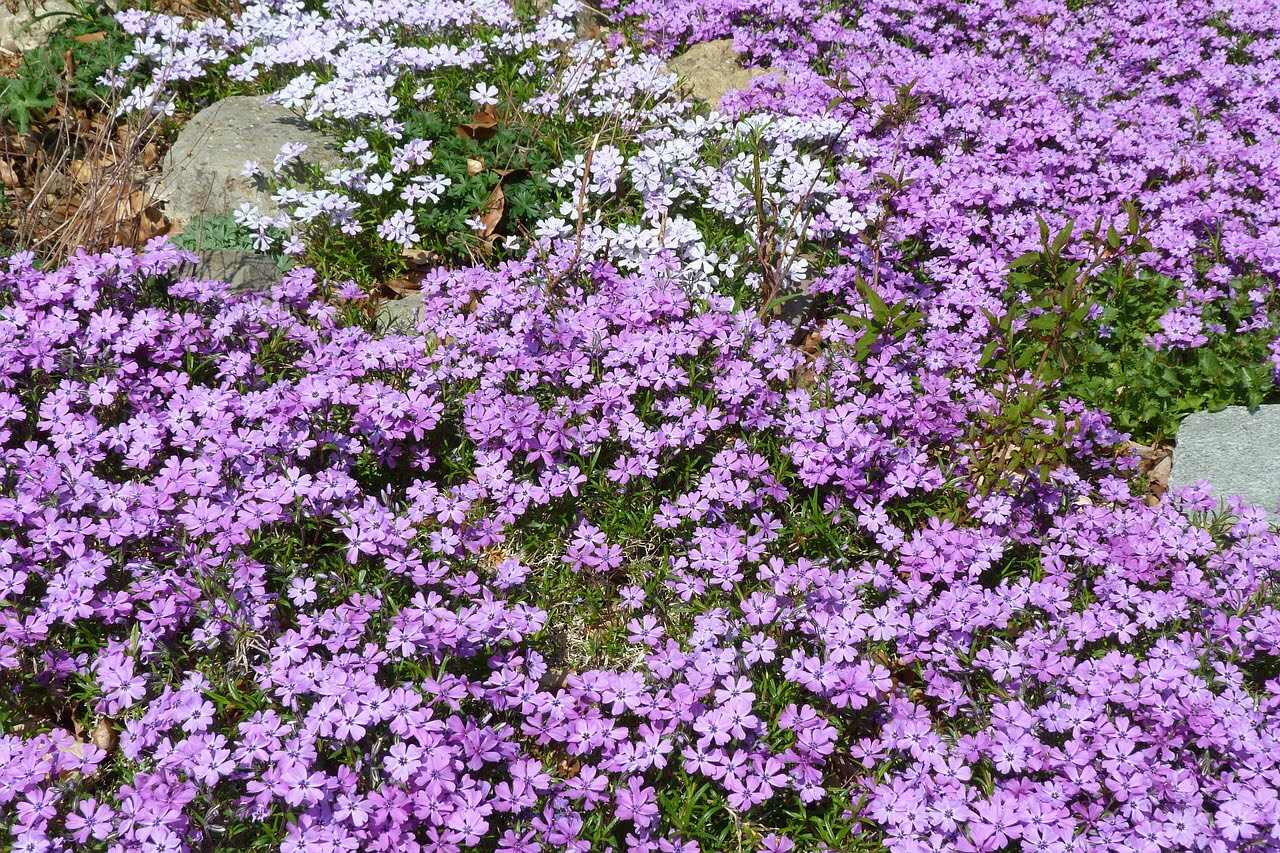
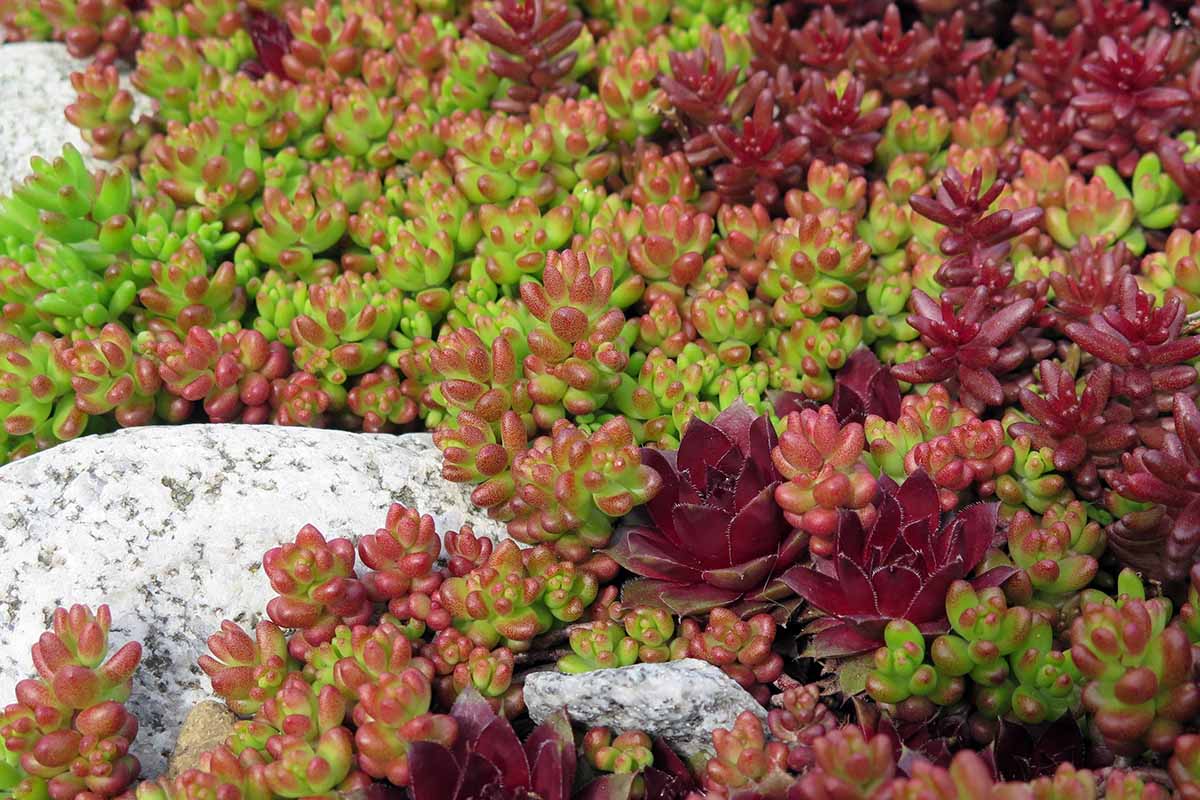

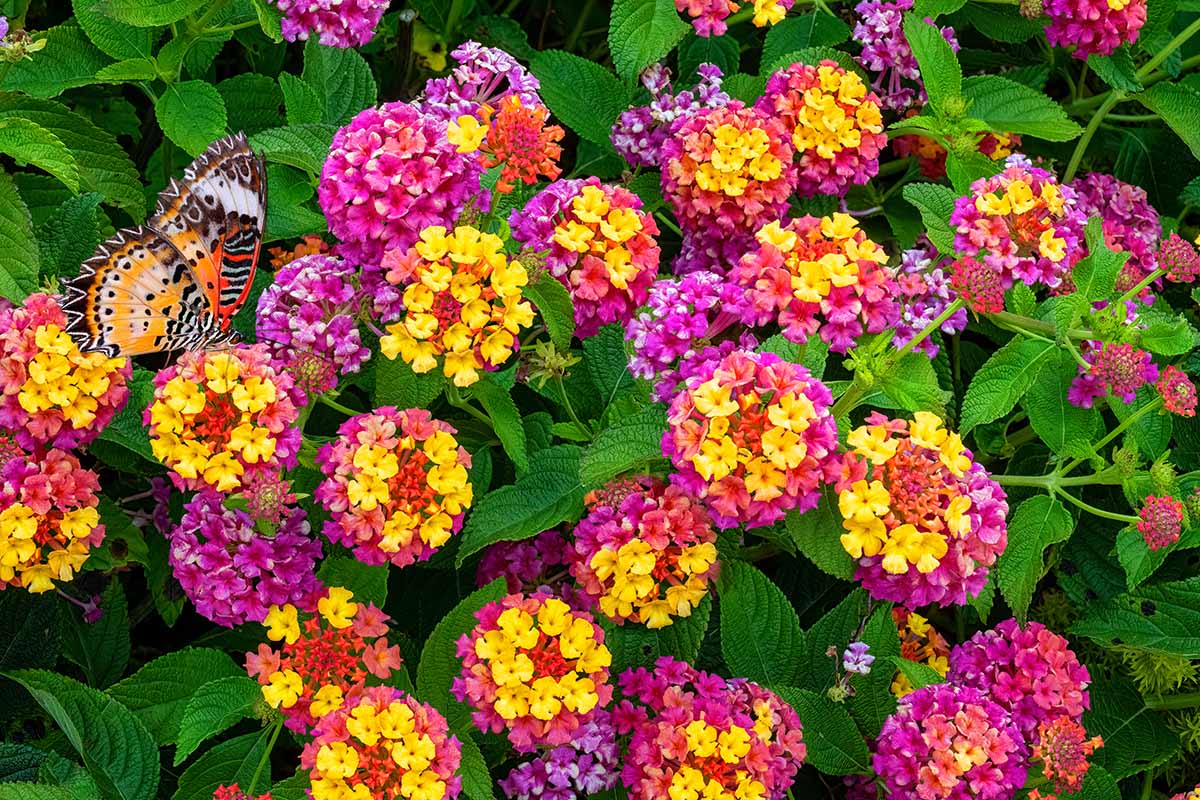
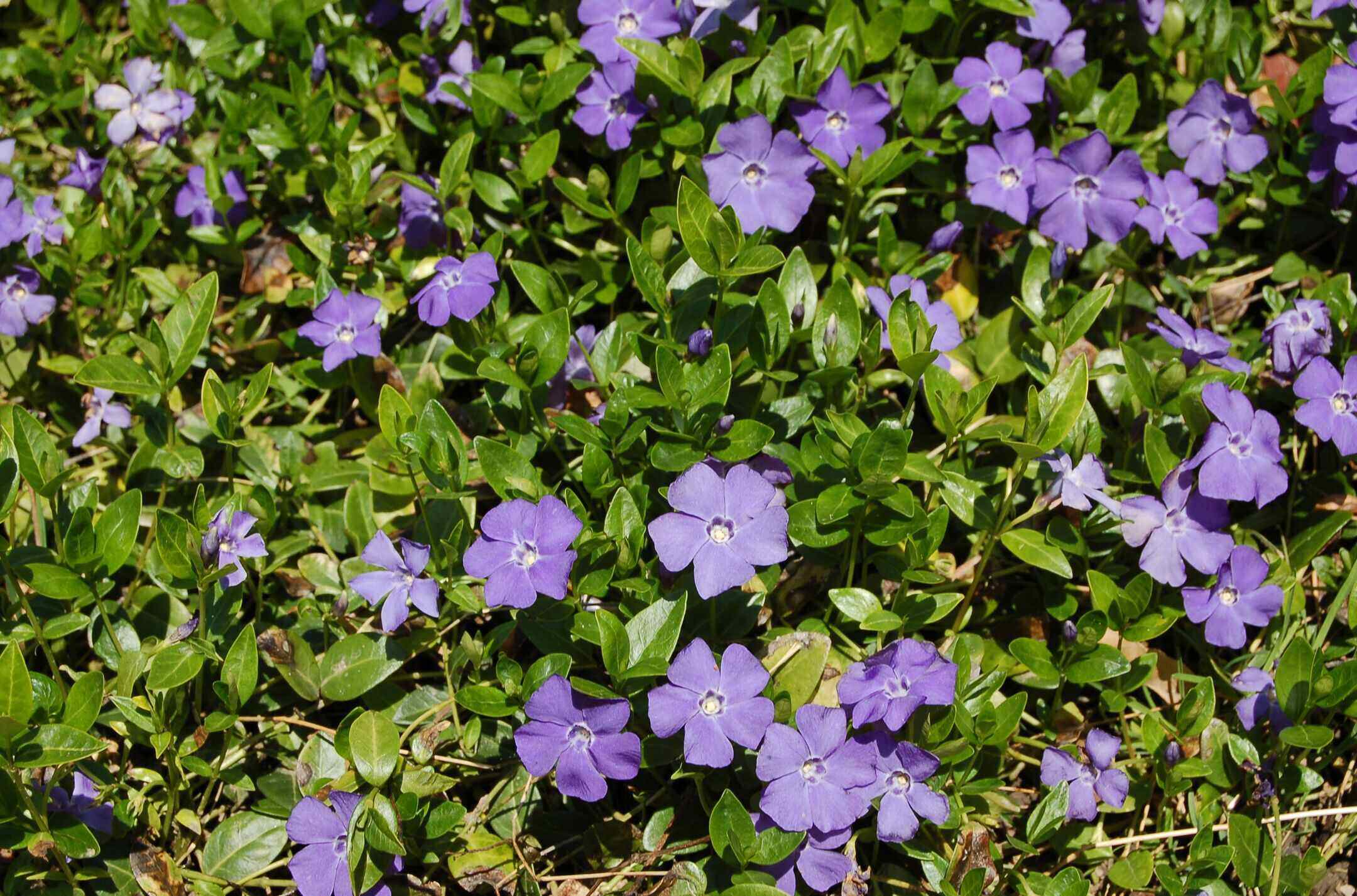
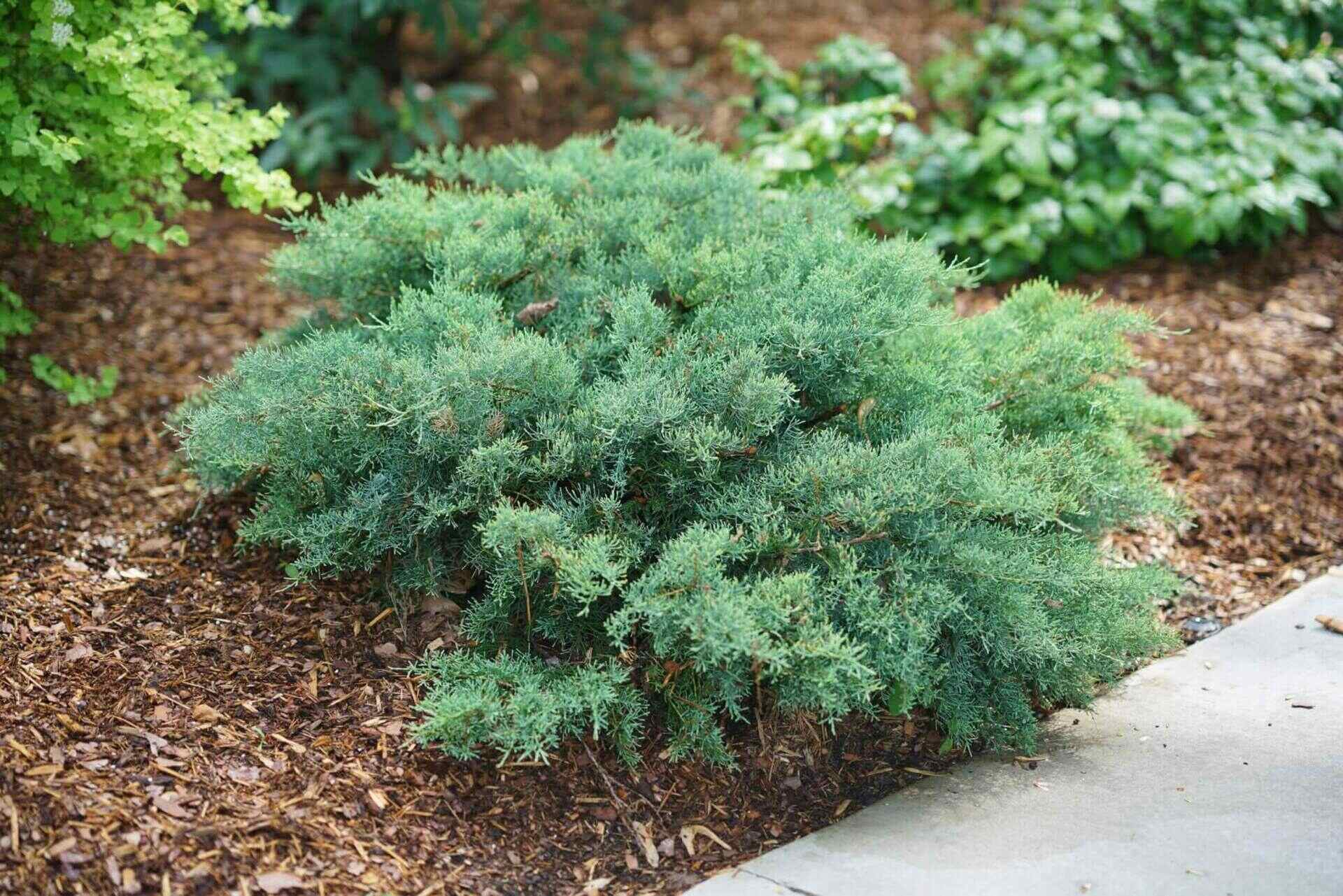
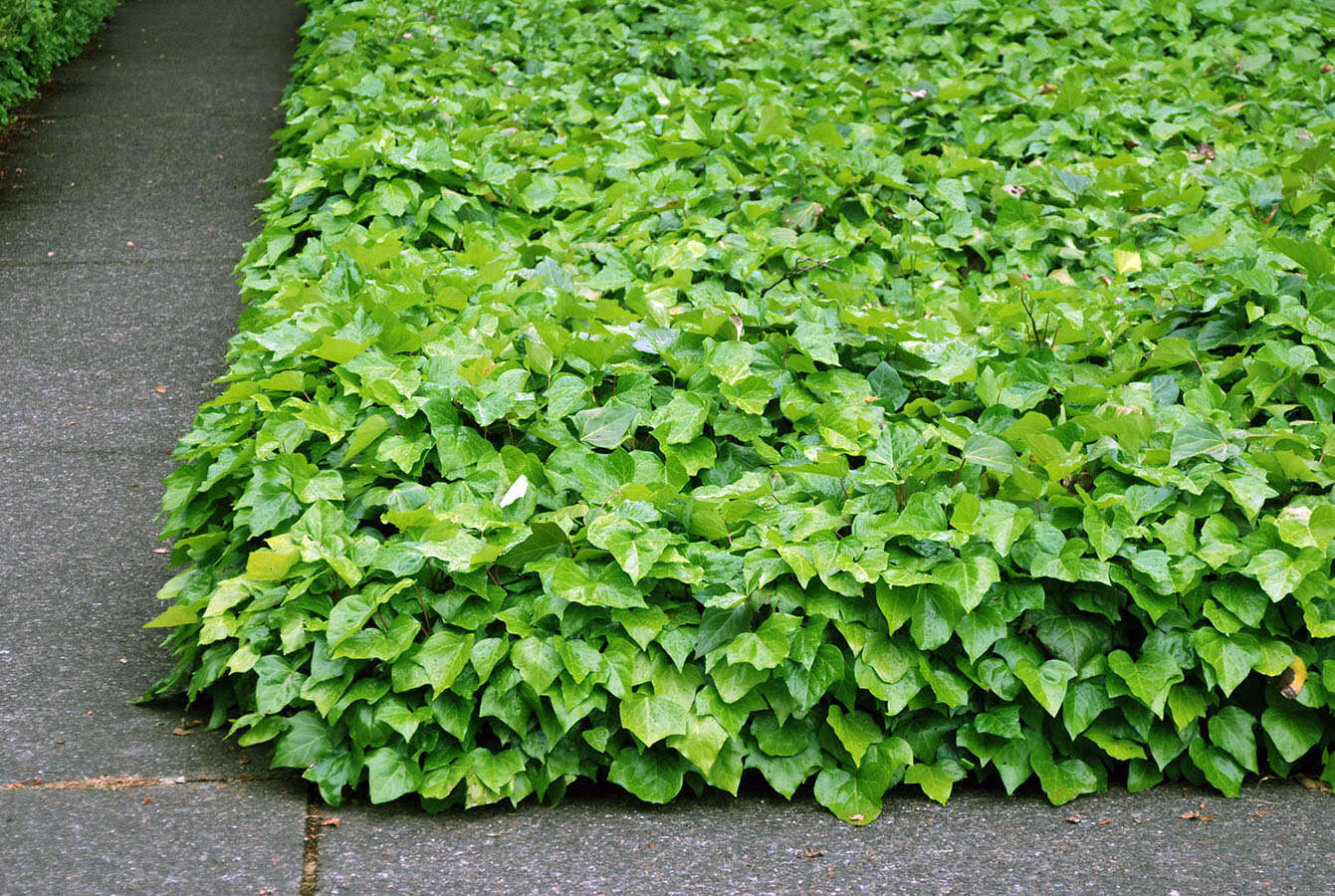
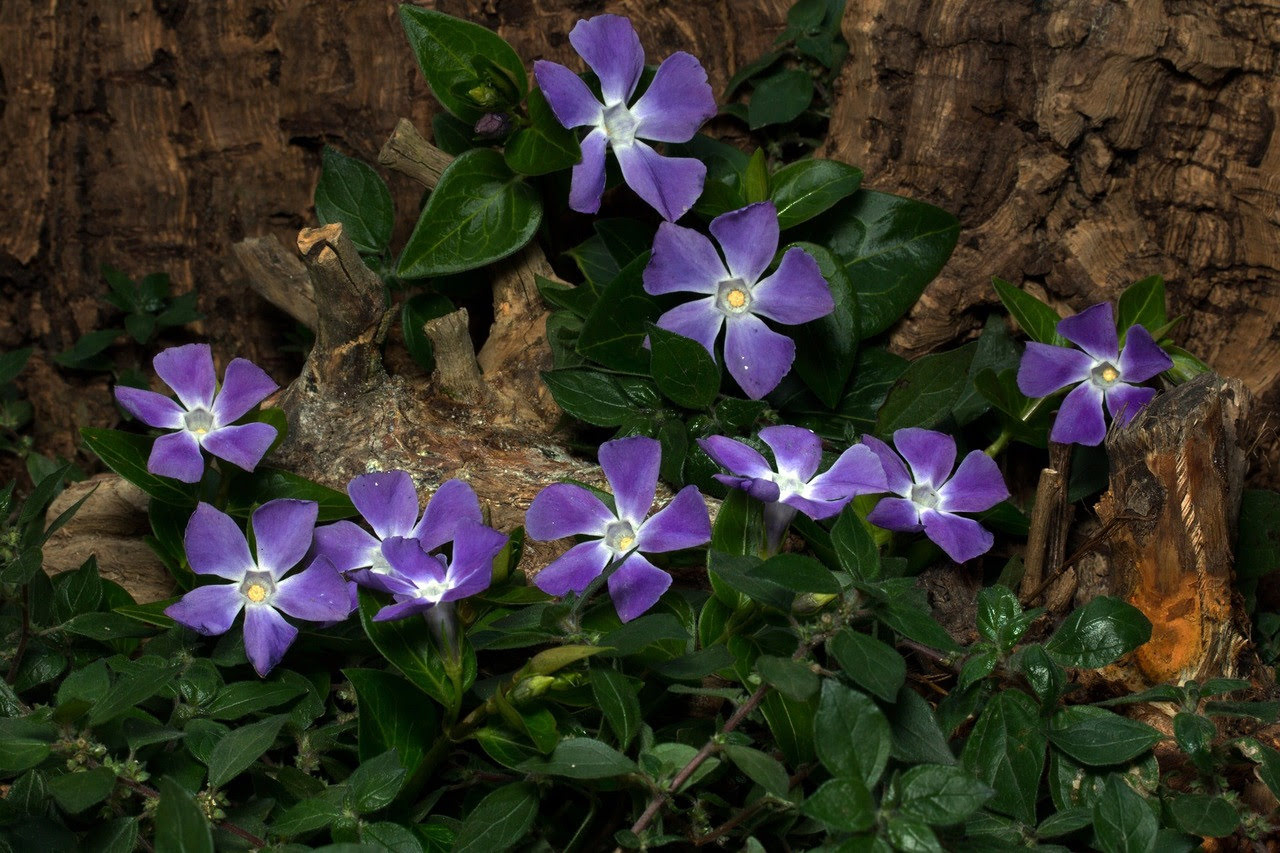
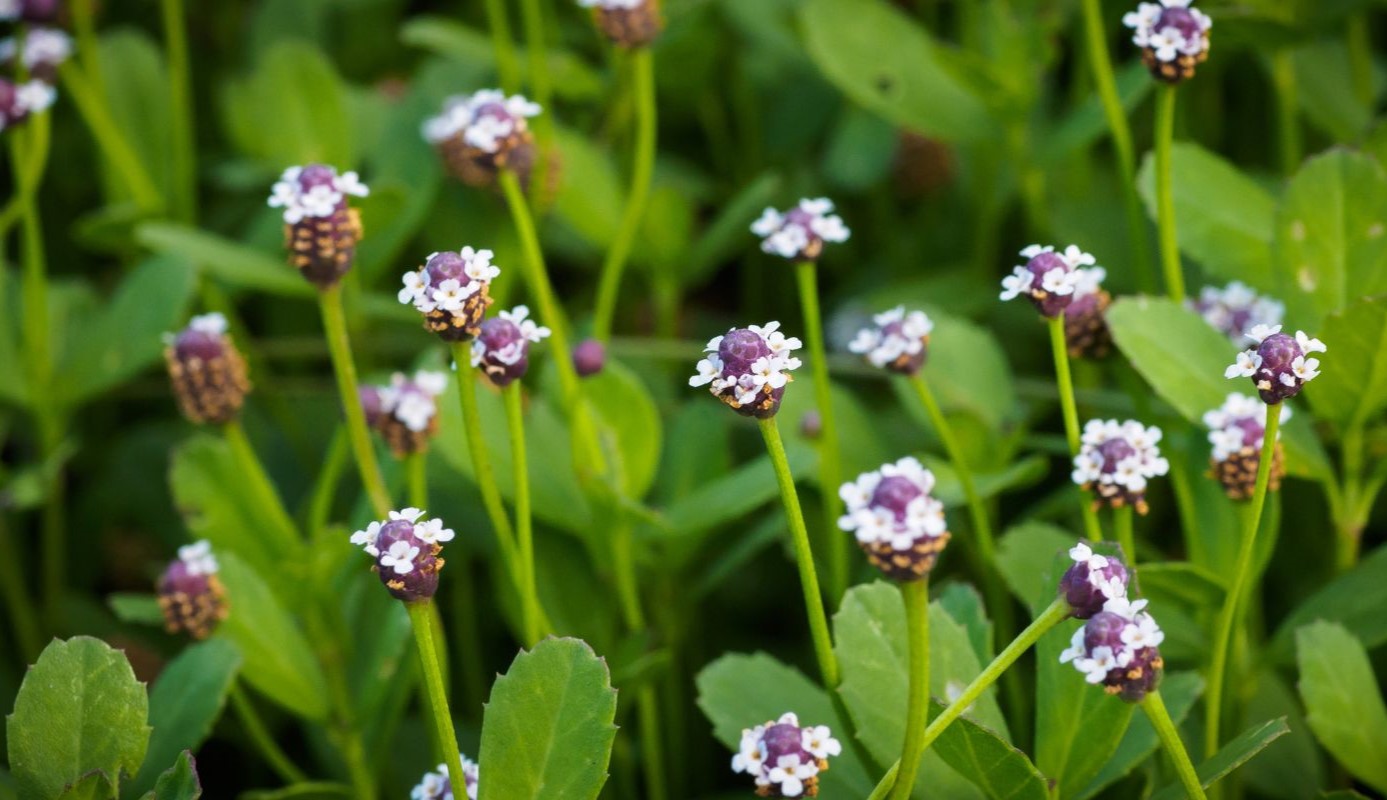
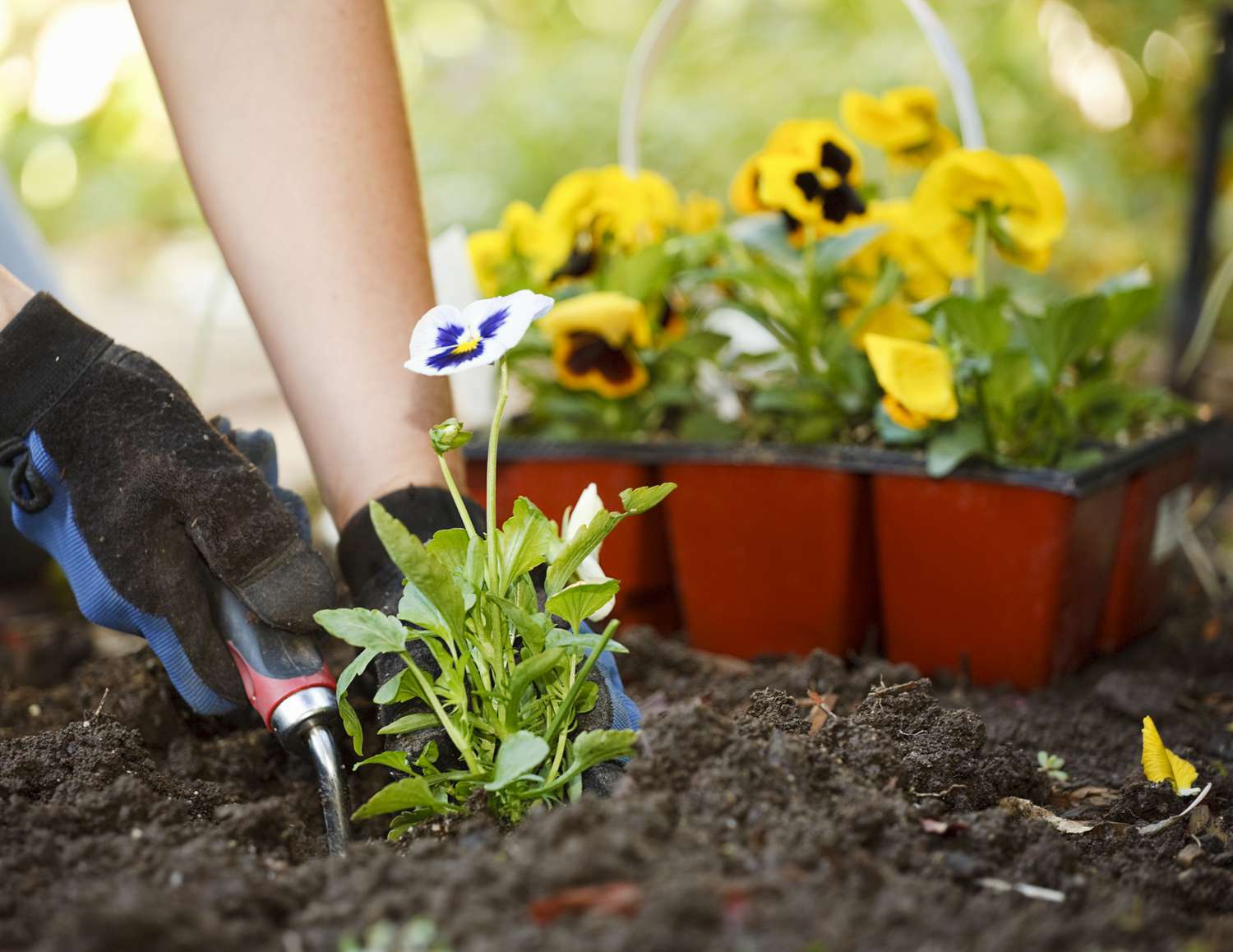
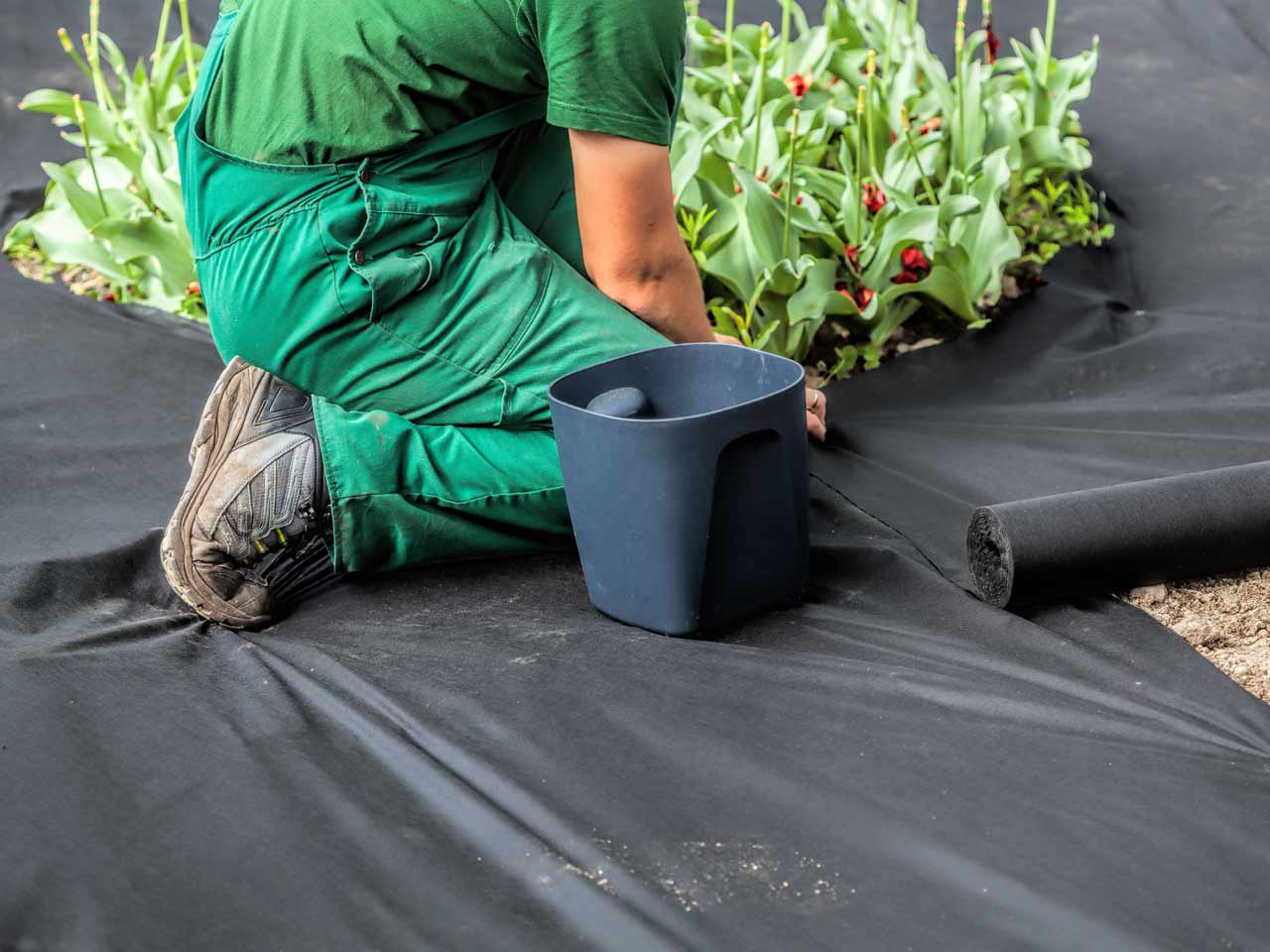
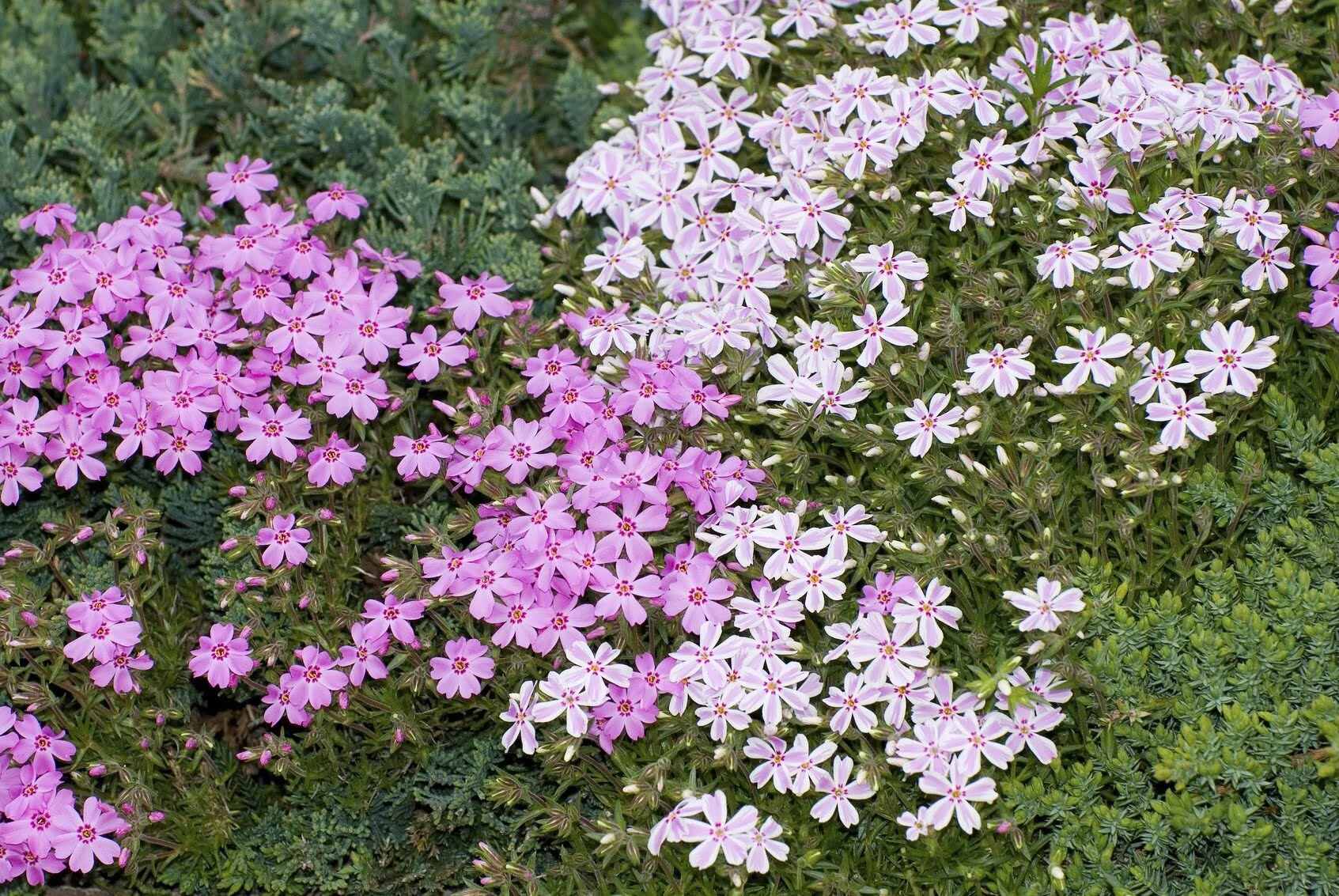
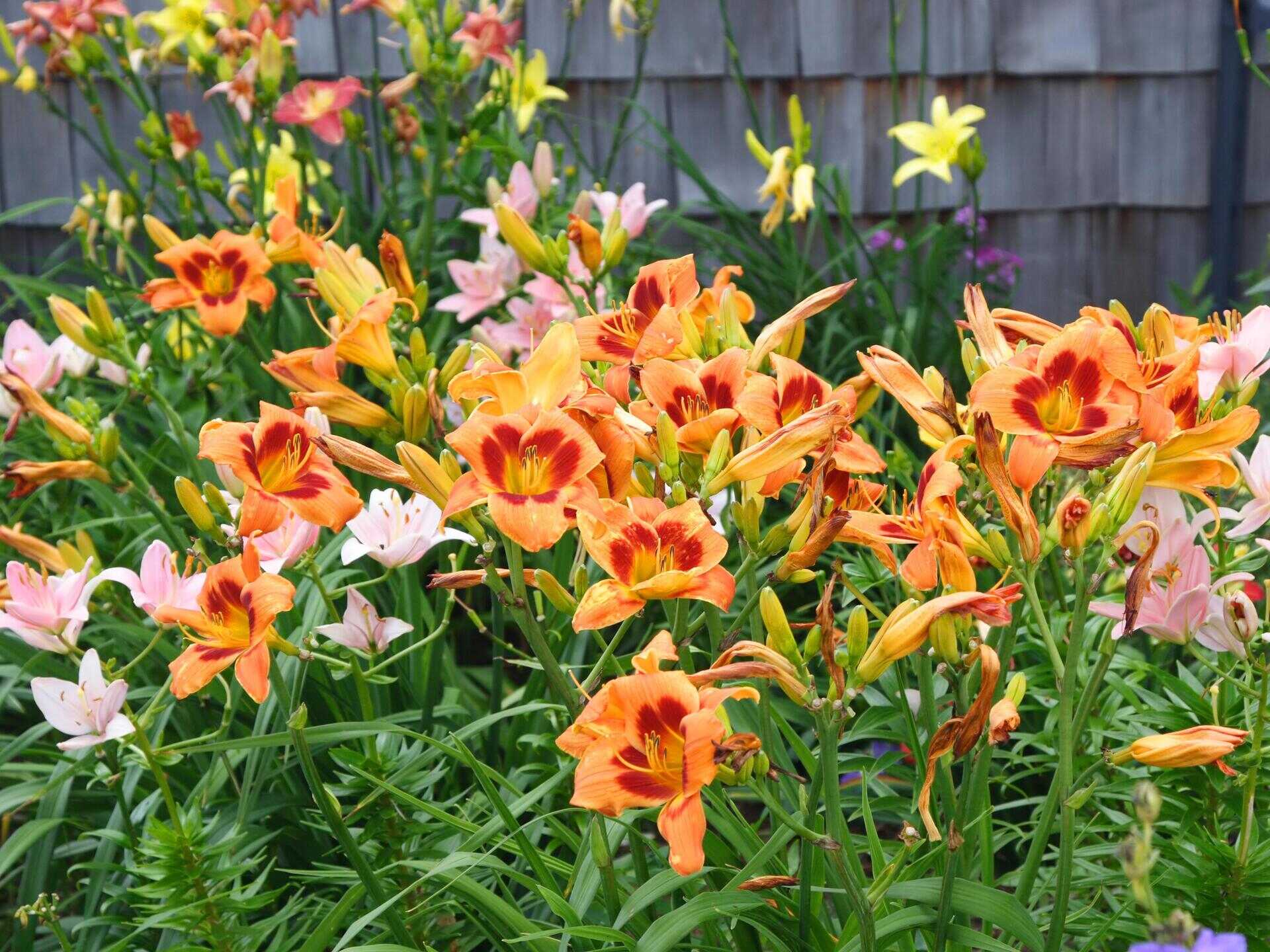
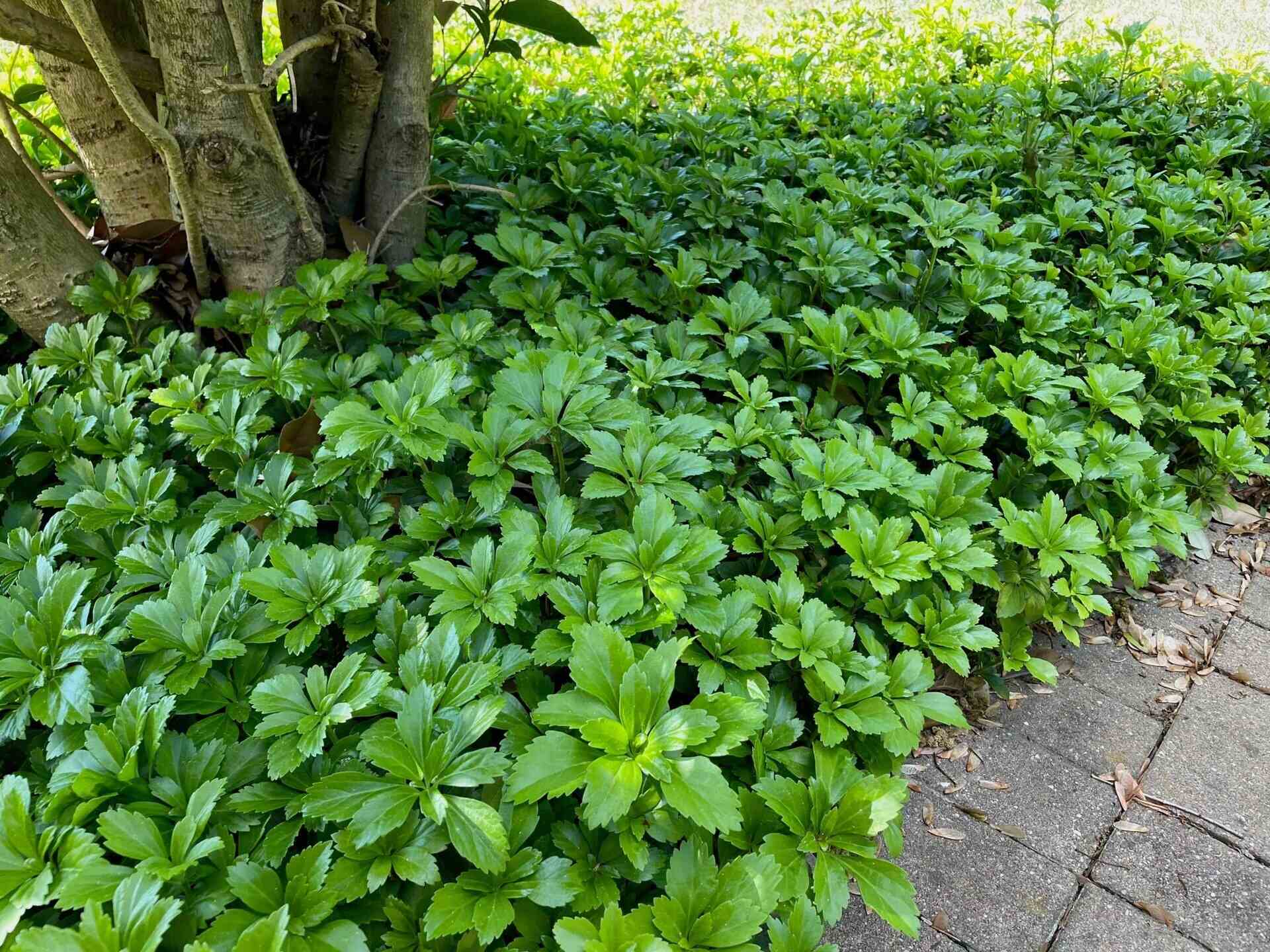

0 thoughts on “How To Plant Clover As Ground Cover”